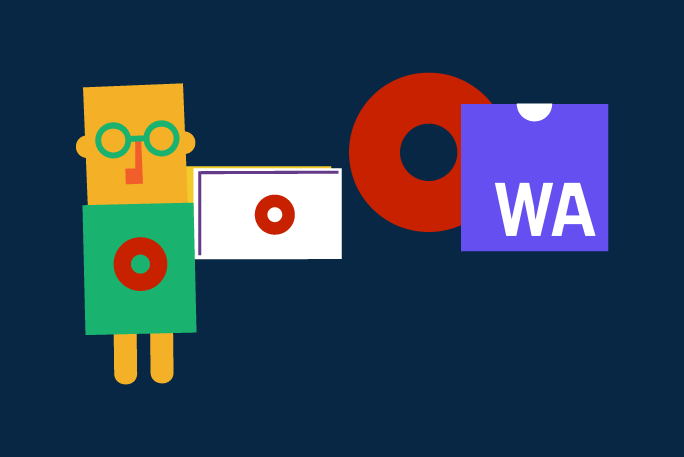Reactive Web in OutSystems allows the creation of client-side web applications with rich interfaces and interactive user experiences. Not only following the most recent standards and best practices but allowing you to accelerate the development process using low-code to create cross-device applications. In other words, you can create an application that can be executed in any device, thus delivering fast value to end-users.
With OutSystems Reactive Web, you don’t have to worry about how to adapt your code to each one of the end devices because the platform will do that for you. Just worry about designing your code, publish it on the Service Studio, and let OutSystems Platform compile it, generating a Single Page Application (SPA) built on top of ReactJS.
How does OutSystems Reactive Web Applications work?
Once the code is completed and compiled, the generated application will be based on HTML, CSS, and JavaScript, using ReactJS, thus running on any browser on various devices, like computers, tablets, or smartphones. The process of constructing your screens in a single page application (SPA) executes the Javascript, responsible for generating all the HTML elements and running the client-side logic, while asynchronously fetching the data. So now, there is no reason for your end-users to keep waiting for the response from the server, with your complex queries, to start interacting with the screens.
So what are the advantages of adopting Reactive Apps?
- Reactive uses the best performance interaction, meaning that you can fetch the data asynchronously and bind it to the UI, allowing the application to render the pages without the need to wait for your data, minimizing the latency issue of Web Applications. You can even define if you want to request all queries in the exact moment that you navigate to the screen or fetch the data only on demand by an end-user, using, for instance, a button to request the query result only when needed, minimizing the number of request through the Client and the Server-Side.
- OutSystems Reactive applications provide a great experience to End-Users. OutSystems invested in Market Studies, analyzing user expectations when interacting with applications in various devices. As a result, new patterns and widgets were added to the platform, and the existing ones were optimized for this new development paradigm, thus, ensuring security, a great UX experience, and an uncomplicated development process. These improvements contribute to full transparency on all the complex logic and architecture that exist behind the scenes.
- For developers, this new paradigm accelerates the learning curve, since building apps for both Web and Mobile devices, can be done in one single shot.
So, are you confused or convinced about Reactive?
The first step that you need to do is install or upgrade your Service Studio to the last version (11.0 or above), then you can start to explore this new paradigm of OutSystems programming.

There is a lot of information on this topic however, this is a new and recent world in OutSystems, so in case you want to start exploring consistent documentation and learn more about Reactive, I recommend you check ITUp’s training programs for OutSystems Reactive Web Apps.
Good luck and be Reactive! And remember, the future is always one step closer.











